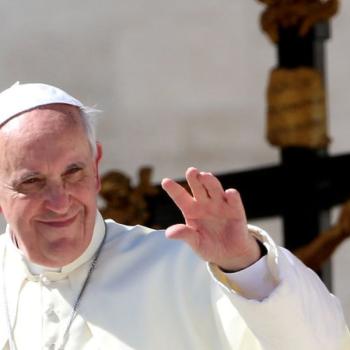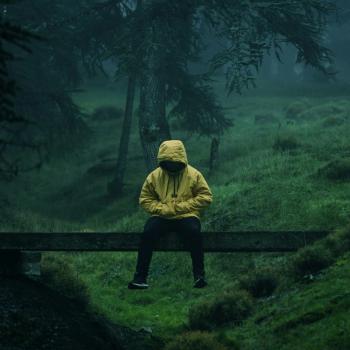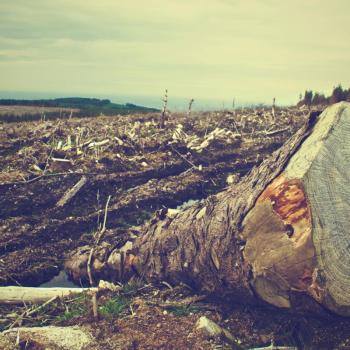Can we make room on All Saints Day to remember species that have been listed as extinct this year? Surely God mourns for these animals and plants that God had created, now erased from this planet by the human hand.
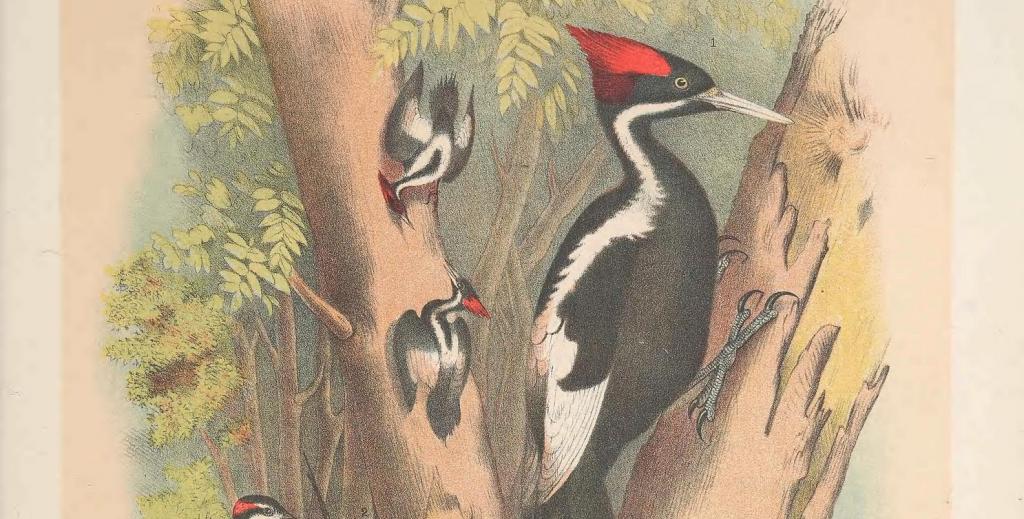
Twenty-three
In late September 2021, the U.S. Fish and Wildlife service announced that twenty-three species are being proposed as having gone extinct. Among them are the ivory-billed woodpecker, Bachman’s warbler, Scioto madtom, San Marcos gambusia, eight species of Southeastern freshwater mussels, eight birds and a flower from Hawaiʻi, and a bird and bat from Guam.
When I saw the article announcing these extinctions, my heart sank, and my eyes teared up. I have never seen any of these species with my own eyes. Many of them haven’t been seen by any human eyes in decades. But I felt a sense of loss and guilt as I read through the list of reasons why they have died out. Habitat destruction. Predation from invasive species. Overharvesting. Depleted or polluted water. Silt accumulation from dams and runoff. Wildfires. Climate change. All of these are due to human activities. We are the cause of these extinctions.
The next Sunday during the time of prayers in the little church where my family and I worship, one of our members lifted up the loss of these twenty-three species. He noted that they were beloved by God who created them, and they are worth remembering and mourning.
His words have stayed with me. They’ve caused me to wonder.
Can we make room on All Saints Day to remember species that have been listed as extinct this year?
Two of the readings for All Saints Day in the Revised Common Lectionary this year are Isaiah 25:6-9 and John 11:32-44. Notice the tears of a grieving God mingled with our own tears of grief:
Isaiah 25:7-8: 7And he will destroy on this mountain the shroud that is cast over all peoples, the sheet that is spread over all nations; he will swallow up death forever. 8Then the Lord God will wipe away the tears from all faces, and the disgrace of his people he will take away from all the earth, for the Lord has spoken.
John 11:34-35: 34Jesus said, “Where have you laid him?” They said to him, “Lord, come and see.” 35Jesus began to weep. 36So the Jews said, “See how he loved him!”
I want to make the case that when a species goes extinct, God grieves the loss of this unique and irreplaceable creation. So it is appropriate to remember them on All Saints Day.
Some may counter that All Saints Day is only for the human “saints.”
A friend of mine suggested that the only possible way an animal could be regarded as a “saint” is if they were a rescue dog or a service animal.
However, in many traditions, All Saints Day is the time to commemorate all those who have died, whether they are formally recognized “saints” or not. Surely the One who created these species, many of whom had existed for millions of years until humans killed them off, grieves these extinctions. If God’s “eye is on the sparrow,” as the song goes, certainly God has noticed and mourns when a species is no more.
A preacher wanting to address species extinction in a sermon could do so by asking invitational questions.
Might Jesus stand with us at the unmarked graves of these species and weep with us?
Dare we ask God to destroy the shroud of death that we ourselves have cast over mountains and streams, deserts and oceans?
Can we expand our grief to encompass the species that have gone extinct?
A congregation could specifically lift up the names of the species that have gone extinct in their state and/or country. They could display pictures of them, light candles, and toll the bell to remember their passing.
But this time of grief must also compel us to take action to prevent further extinctions.
Tierra Curry, a senior scientist at the Center for Biological Diversity warns, “The tragedy will be magnified if we don’t keep this from happening again by fully funding species protection and recovery efforts that move quickly. Delay equals death for vulnerable wildlife.”
How can we advocate for the endangered species that are in need of protection now, and do this as an act of faith?
Curry stressed an important point, “Extinction is not inevitable. It is a political choice. Saving species isn’t rocket science. As a country we need to stand up and say we aren’t going to lose any more species to extinction.”
In fact, since 1975, 54 species have left the endangered list after recovering, including the bald eagle, brown pelican and most humpback whales. This is good news! And it shows why it’s important for congregations to pay attention to the issue of species extinction. When churches and other houses of worship support efforts to preserve endangered species, this can be seen as a spiritual practice that deepens our faith. It demonstrates our care for the plants and animals God has made and honors our Creator.
What can a congregation to do help protect endangered species?
Biologist Michelle Bogardus with the wildlife service in Hawaii cautions, “We don’t have the resources to prevent extinctions unilaterally. We have to think proactively about ecosystem health and how do we maintain it, given all these threats.” This means protecting and preserving the habitats that support endangered species.
Further, when we address species extinction in our preaching and teaching, we must also ask, what are species that had been on the endangered list in our own state but are now thriving? What can we learn from those who worked to protect and restore them? How do these efforts reflect God’s intention to wipe away the tears from all faces due to the shroud of death that threatens God’s creatures?
1. As a congregation, ask your congressional representatives to support two bills moving through Congress that would increase protection and funding for endangered species.
The Extinction Prevention Act (H.R. 3396) would create four grant programs that would provide $5 million per year to fund crucial conservation work for each of the most critically imperiled species in the United States, including butterflies, freshwater mussels, desert fish, and Hawaiian plants. And the Extinction Crisis Emergency Act would direct President Biden to declare the global wildlife extinction crisis a national emergency. The legislation would spur action across the entire federal government to stem the loss of animals and plants in the United States and around the world.
2. Find ways as a congregation to support conservation efforts.
Invite a speaker from a local conservation group to educate your faith community about how they can volunteer or donate to habitat preservation. And if your house of worship has enough land, consider making waystations for migrating species such as birds and butterflies.
For example, the little church where my family and I worship, St. Thomas Lutheran in Richmond, Kentucky, now has a pollinator garden. Thanks to one family’s dedicated efforts to help protect the threatened monarch butterfly, the church hosted a beautiful plot of colorful flowers which supported bees and butterflies this season.
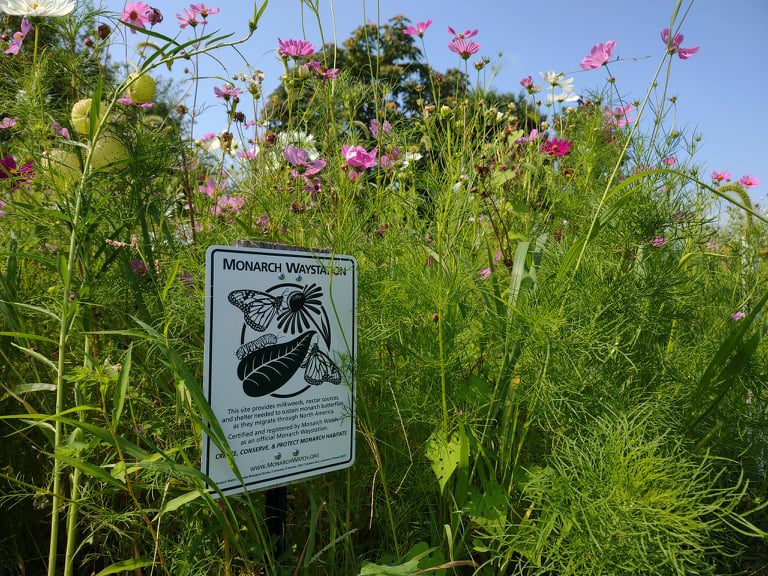
In short, I would argue that it is right and salutary to lament and mourn the species that have disappeared from this earth, along with the human “saints” who have died. But it’s also important that this grief compel us to action to help prevent the loss of other threatened and endangered species.
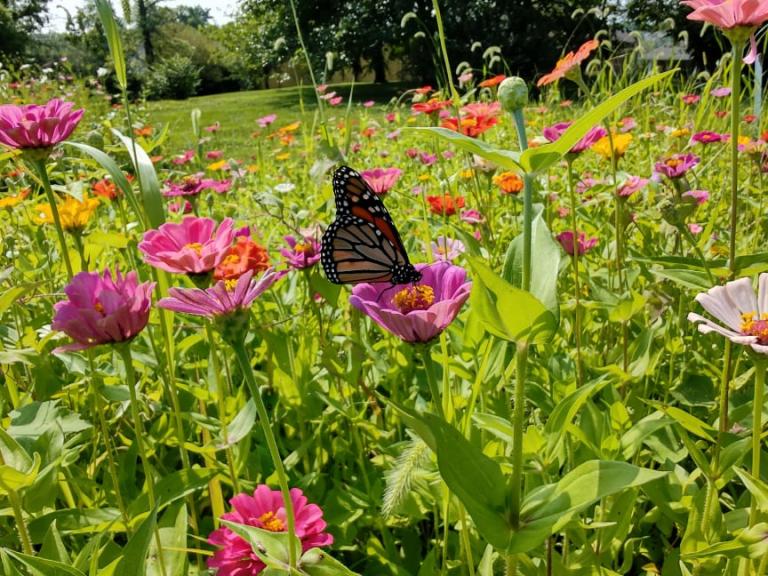
At the very least, what I am suggesting to the church where I worship is that we make space to remember these species that have been lost, especially the ones native to our state. Here is my suggested wording, which you can adapt to your context:
We mourn the loss of twenty-three species that have been declared extinct in the U.S. this year, including the ivory-billed woodpecker and the tubercled-blossom pearly mussel, both native to Kentucky. Lord in your mercy, hear our prayer.
To see the list of extinctions by state or territory, click here.
Read also:
Blessing Animals Sunday — Genesis 2:18-24 Sermon Ideas
Clergy Report Preaching More about Climate Change: National Survey
The Pietà of a Mother Orca: Carrying the Grief of an Eco-Crucifixion
Looking for resources to preach and teach about environmental issues in your congregation?
Check out these websites that provide resources for worship and preaching from an environmental perspective.
- EcoPreacher 1-2-3: https://www.interfaithsustain.com/ecopreacher-123/
- Sustainable Preaching: http://sustainable-preaching.org/
- Greening the Lectionary: https://www.greeningthelectionary.net/
- Season of Creation: https://seasonofcreation.org/
- Lutherans Restoring Creation worship and preaching resources: https://lutheransrestoringcreation.org/worship/
- Blessed Tomorrow: https://blessedtomorrow.org/

The Rev. Dr. Leah D. Schade is the Assistant Professor of Preaching and Worship at Lexington Theological Seminary in Kentucky and ordained in the ELCA. Dr. Schade does not speak for LTS or the ELCA; her opinions are her own. She is the author of Preaching in the Purple Zone: Ministry in the Red-Blue Divide (Rowman & Littlefield, 2019) and Creation-Crisis Preaching: Ecology, Theology, and the Pulpit (Chalice Press, 2015). She is the co-editor of Rooted and Rising: Voices of Courage in a Time of Climate Crisis (Rowman & Littlefield, 2019). Her latest book, co-written with Jerry Sumney is Apocalypse When?: A Guide to Interpreting and Preaching Apocalyptic Texts (Wipf & Stock, 2020).
Twitter: @LeahSchade
Facebook: https://www.facebook.com/LeahDSchade/




